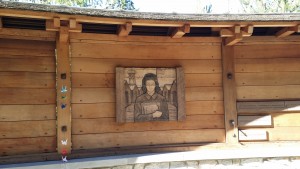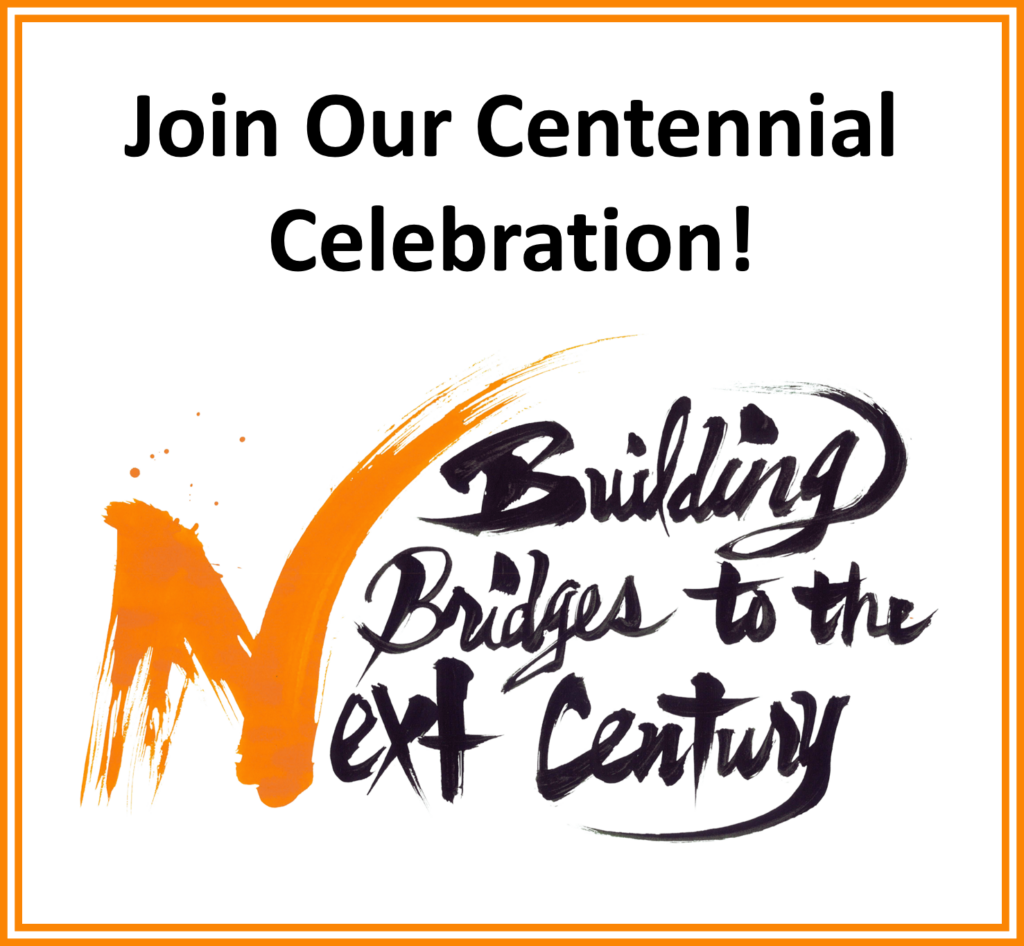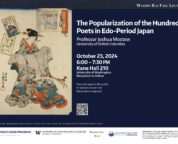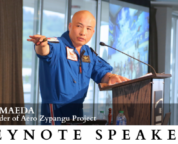
2015 marks the 70th anniversary of the ending of WWII. So many lives were changed, horrors endured, and sacrifices made to bring an end to the world’s second Great War. To commemorate and remember the struggles of the people who lived through that time, last Sunday we took a trip across the Sound over to Bainbridge Island. There we experienced Washington State’s own personal and local WWII history at the Japanese Exclusion Memorial and History Museum.
In 1942, two months after the bombing of Pearl Harbor, President Roosevelt issued Executive Order number 9066, which declared the West Coast a military zone and called for the internment of all Japanese Americans in California, Oregon, and Washington, west of the Columbia River. Anyone who was even 1/16th Japanese was considered to be a possible military threat. The first 276 Japanese-Americans who were rounded up and removed to concentration camps actually came from Bainbridge Island, Washington, and served as test subjects for the rest of the government’s ‘Relocation Program.’
Forced to leave behind their land, houses, possessions, and even pets, all the men, women, and children of Japanese descent, some even as young as 9 months, were taken away at gunpoint. For four years they lived in desert barracks, scorched by the sun during the day, and frozen when temperatures plummeted at night, all the while surrounded by barbed wire and guard towers with searchlights and machine guns trained on them. Although many were American citizens, all were mistrusted as spies by the U.S. government. All told, around 120,000 people were put into these camps until the war was over. When they were released, most of them had nothing to return to, as their property was seized or destroyed during their imprisonment.
The Memorial on Bainbridge Island is a beautiful winding wall, made of old-growth redwood and stone, bearing the names and stories of the people from Bainbridge who were ripped away from their community. A wooden shrine pavilion, in the style of the sacred Ise Shrine in Japan, stands at the Memorial entrance, smoothly fit together without the use of nails or metal. The length of the wall is exactly 276 feet, one foot for every person taken away, and winds down the same path that they actually walked on as they were marched to the ferry that would carry them to Seattle, and on to the camps.
For many, 70 years may seem like a far time in the past, and it is easy to be emotionally removed from something that happened so long ago. Sunday’s tour was made deeply personal through the presence of Mrs. Kay, Mrs. Matsue Watanabe, and Mrs. Lily Kodama, who were taken from Bainbridge Island to the camps at ages 7, 14, and 22 respectively, and were there to share the tour. While at the museum, Mrs. Watanabe pointed to a large photograph of a smiling young girl on display. “That girl was my best friend from California,” she said. Then she turned a class yearbook photo up on the wall. “There in the fourth row down, the third picture in, that’s my sister.”
The name of the Memorial, ‘Nidoto Nai You Ni’ means ‘That it should not happen again.’ In order to truly keep this vow, we must realize it is all our responsibility to learn our history, to know the stories, and the people behind them, and not let them slip into the past.










